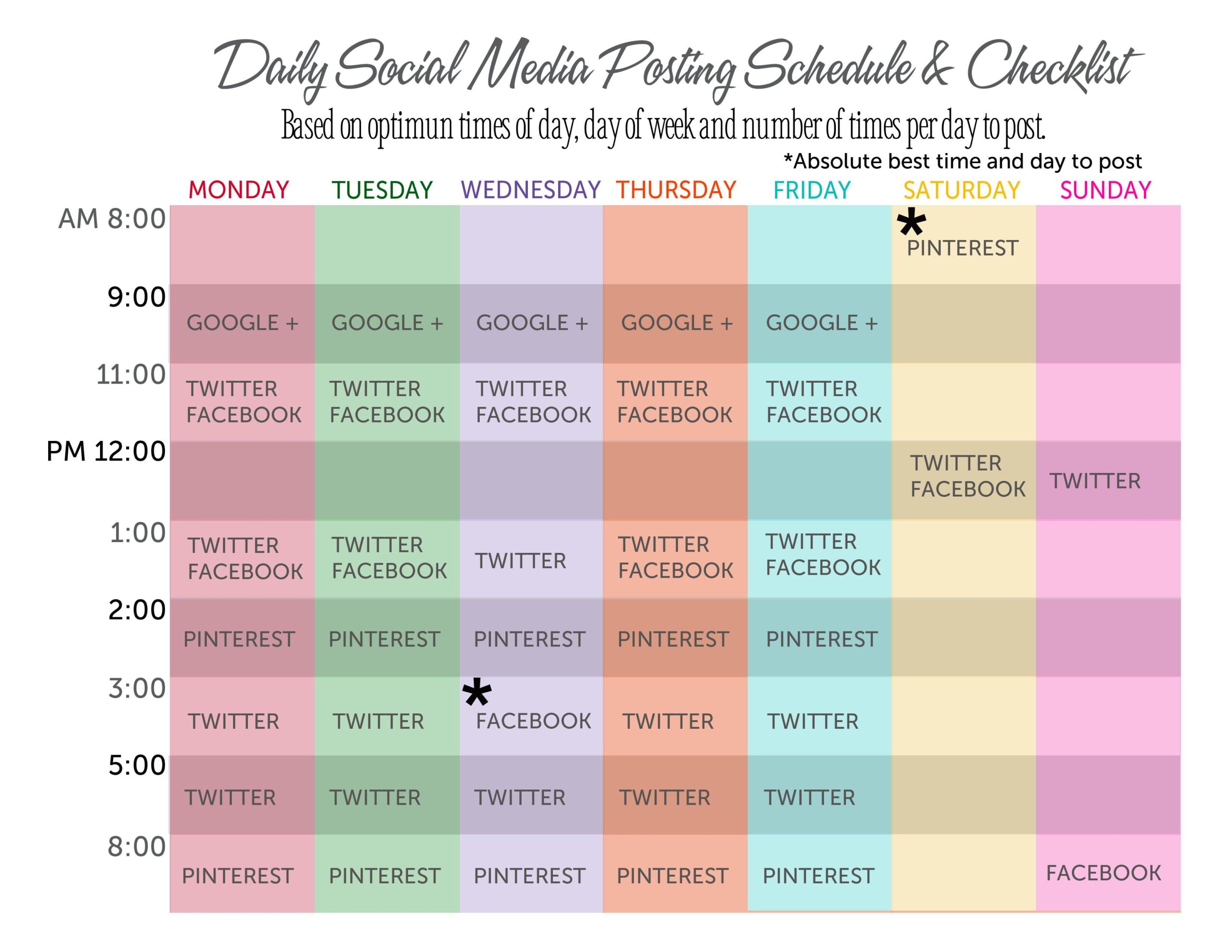Social media has become an integral part of our lives, both personally and professionally. Businesses of all sizes are leveraging social media platforms to reach and engage with their target audience. However, managing multiple social media accounts can quickly become overwhelming without a proper schedule in place.
In this guide, we will walk you through the process of creating a social media schedule that will help you maximize engagement, save time, and achieve your marketing goals.
Why Do You Need a Social Media Schedule?
With the ever-increasing number of social media platforms and the constant demand for fresh and engaging content, having a social media schedule is crucial for success. Here are some reasons why you need to create a social media schedule:
- Consistency: A schedule ensures that you consistently publish content on your social media platforms, helping you build a loyal following.
- Time Management: By planning and scheduling your social media posts in advance, you save time and avoid last-minute stress.
- Strategic Planning: A schedule allows you to plan your content strategically, aligning it with your marketing goals and campaigns.
- Maximizing Engagement: By posting at optimal times and analyzing the performance of your posts, you can increase engagement with your audience.
How to Create a Social Media Schedule
Creating a social media schedule doesn’t have to be complicated. Follow these steps to create an effective schedule:
1. Define Your Goals and Target Audience
Before you start creating your social media schedule, it’s important to define your goals and identify your target audience. Are you trying to increase brand awareness, drive website traffic, or generate leads? Who are your ideal customers? Understanding these factors will help you tailor your content and determine the right platforms to focus on.
2. Choose the Right Social Media Platforms
Not all social media platforms are created equal, and it’s essential to choose the ones that align with your goals and target audience. Research the demographics and user behavior of each platform to determine where your audience is most active. For example, if you’re targeting professionals, LinkedIn might be a better platform than Instagram.
3. Analyze Your Competitors
Take a look at what your competitors are doing on social media. Analyze their content, posting frequency, and engagement levels. This analysis will give you insights into what works in your industry and help you identify gaps that you can fill with your own unique content.
4. Plan Your Content
Now that you have a clear understanding of your goals, target audience, and competitors, it’s time to plan your content. Determine the types of content you want to create, such as blog posts, videos, or infographics. Create a content calendar that outlines your posting frequency and the topics you will cover.
5. Use a Social Media Management Tool
Managing multiple social media accounts can be overwhelming without the right tools. Consider using a social media management tool like Hootsuite or Buffer to schedule your posts, monitor engagement, and analyze your performance. These tools can save you time and streamline your social media efforts.
6. Optimize Your Posting Schedule
Timing is crucial when it comes to social media. Experiment with different posting times and analyze the performance of your posts to determine when your audience is most active and engaged. Use the insights from your social media management tool to optimize your posting schedule for maximum reach and engagement.
7. Engage with Your Audience
Social media is not just about posting content; it’s also about engaging with your audience. Respond to comments, messages, and mentions promptly. Encourage discussions and ask questions to encourage interaction. Building a strong relationship with your audience will help increase brand loyalty and drive engagement.
8. Monitor and Analyze Your Performance
Regularly monitor and analyze the performance of your social media posts. Look at metrics such as reach, engagement, and click-through rates to determine what content resonates with your audience. Use this data to refine your social media strategy and continuously improve your results.
Sample Social Media Schedule
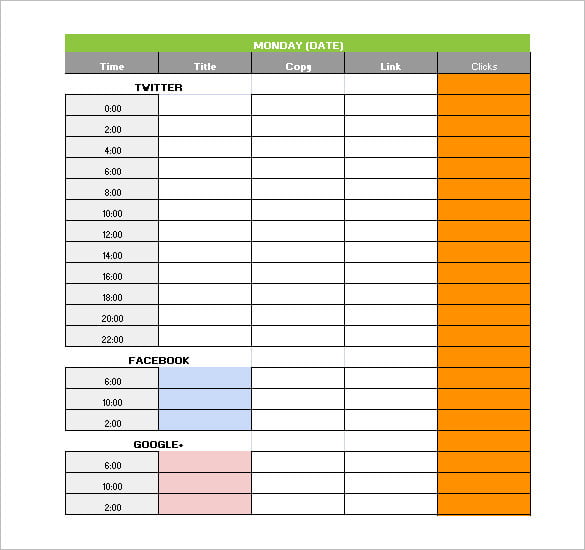
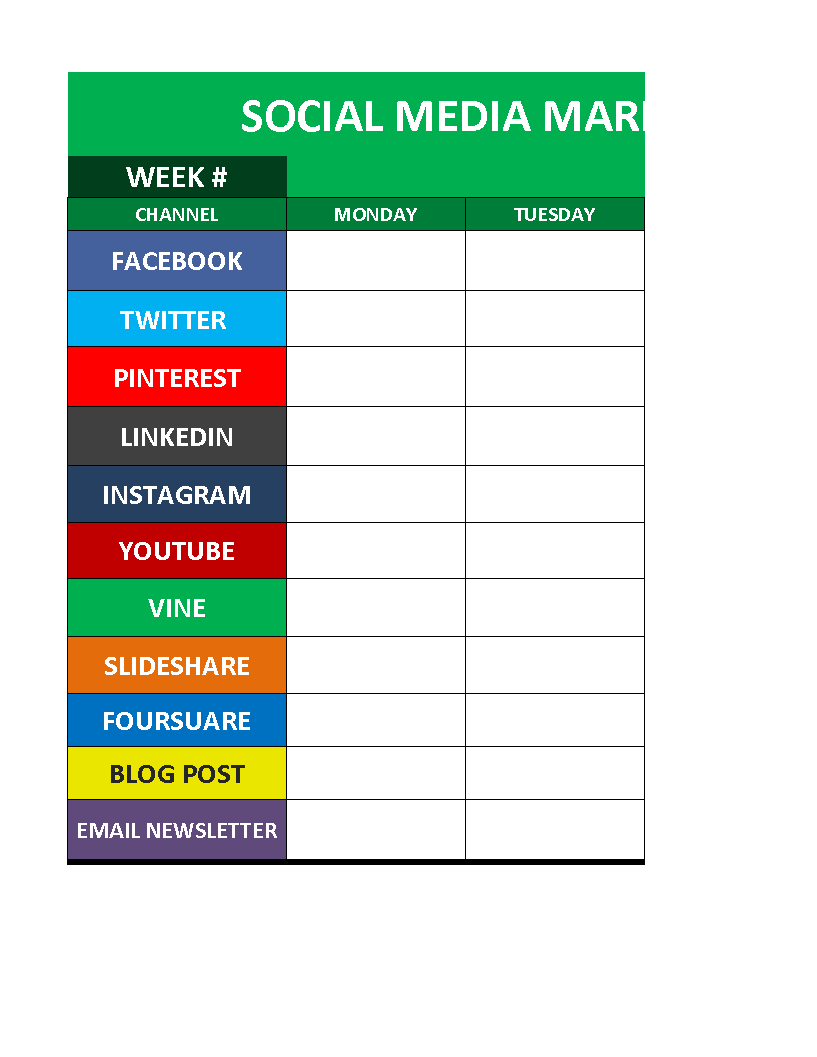
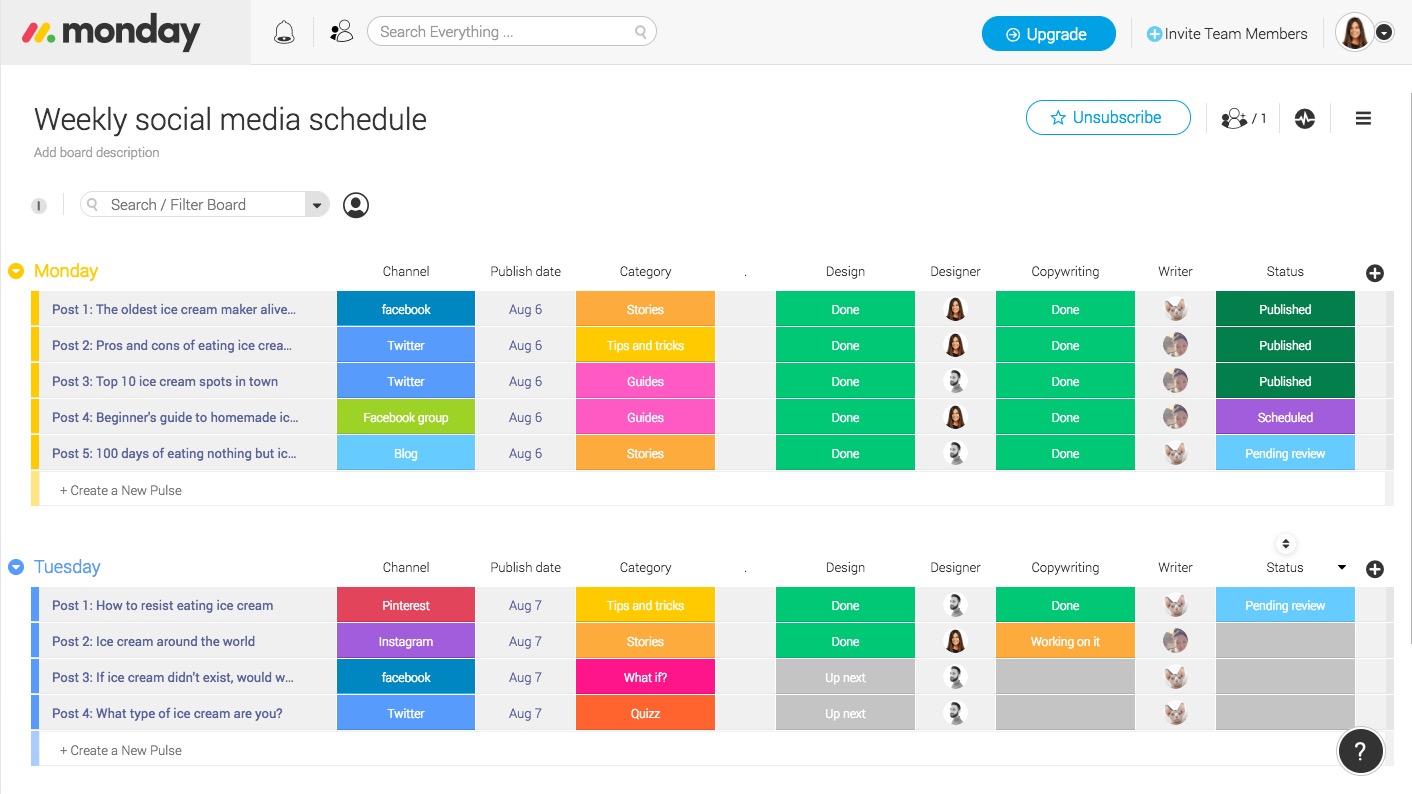
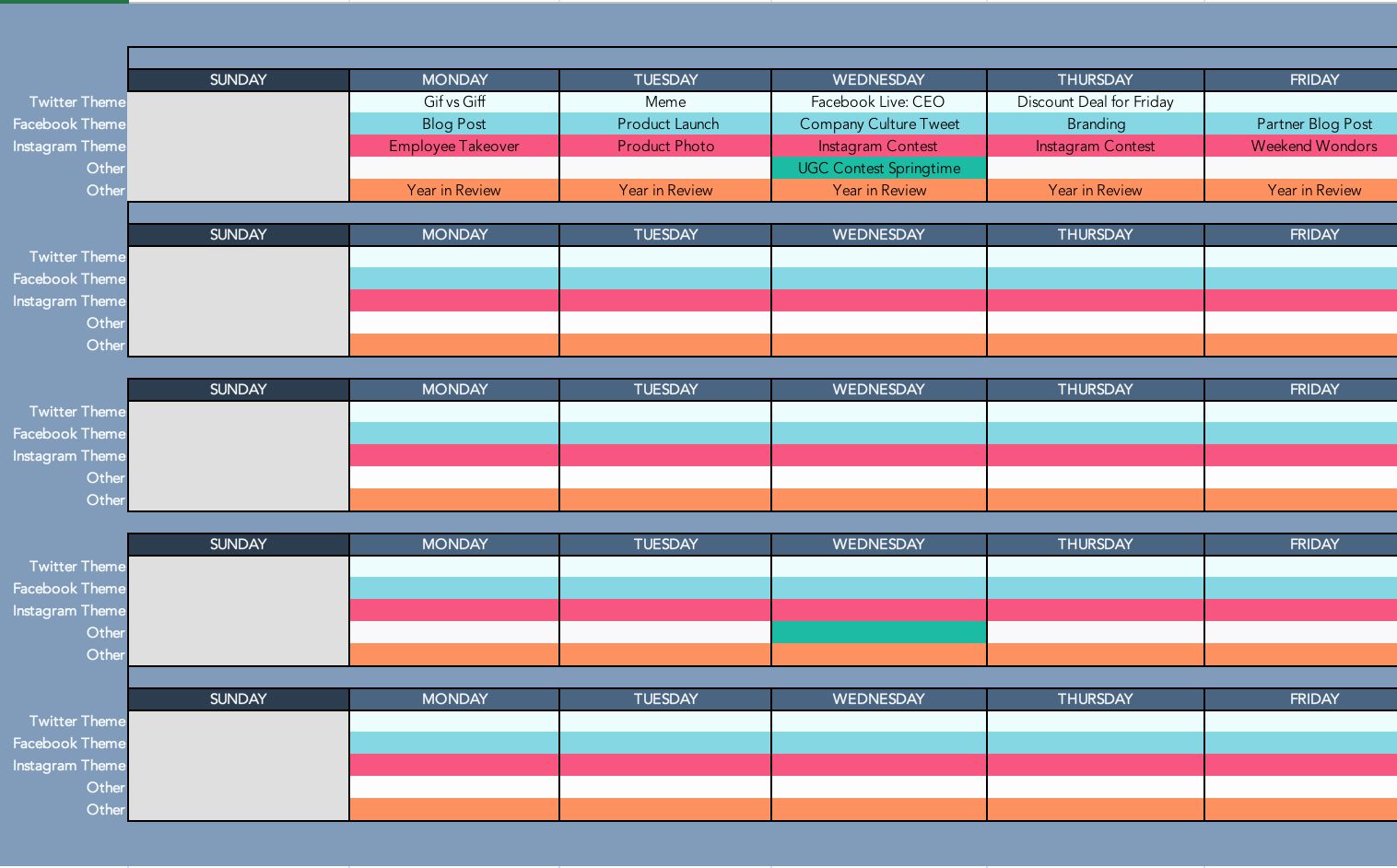
Here’s an example of a weekly social media schedule for a fictional fitness brand:
- Monday: Share a motivational quote and promote a blog post about healthy eating.
- Tuesday: Post a workout video and ask followers to share their fitness goals.
- Wednesday: Share a healthy recipe and ask followers to tag a friend they’d like to cook it with.
- Thursday: Post a before-and-after transformation photo and encourage followers to share their progress.
- Friday: Share a client testimonial and offer a special discount on personal training sessions.
- Saturday: Post a workout playlist and ask followers to share their favorite workout songs.
- Sunday: Rest day – share a self-care tip and encourage followers to take time for themselves.
Conclusion
A social media schedule is a valuable tool for businesses looking to maximize engagement and achieve their marketing goals. By defining your goals, understanding your target audience, and planning your content strategically, you can create a schedule that saves time, increases reach, and drives meaningful interactions with your audience. Remember to continuously analyze your performance, experiment with different strategies, and adapt your schedule based on the insights you gain. With a well-executed social media schedule, you’ll be on your way to social media success.
Social Media Schedule Template Excel – Download
